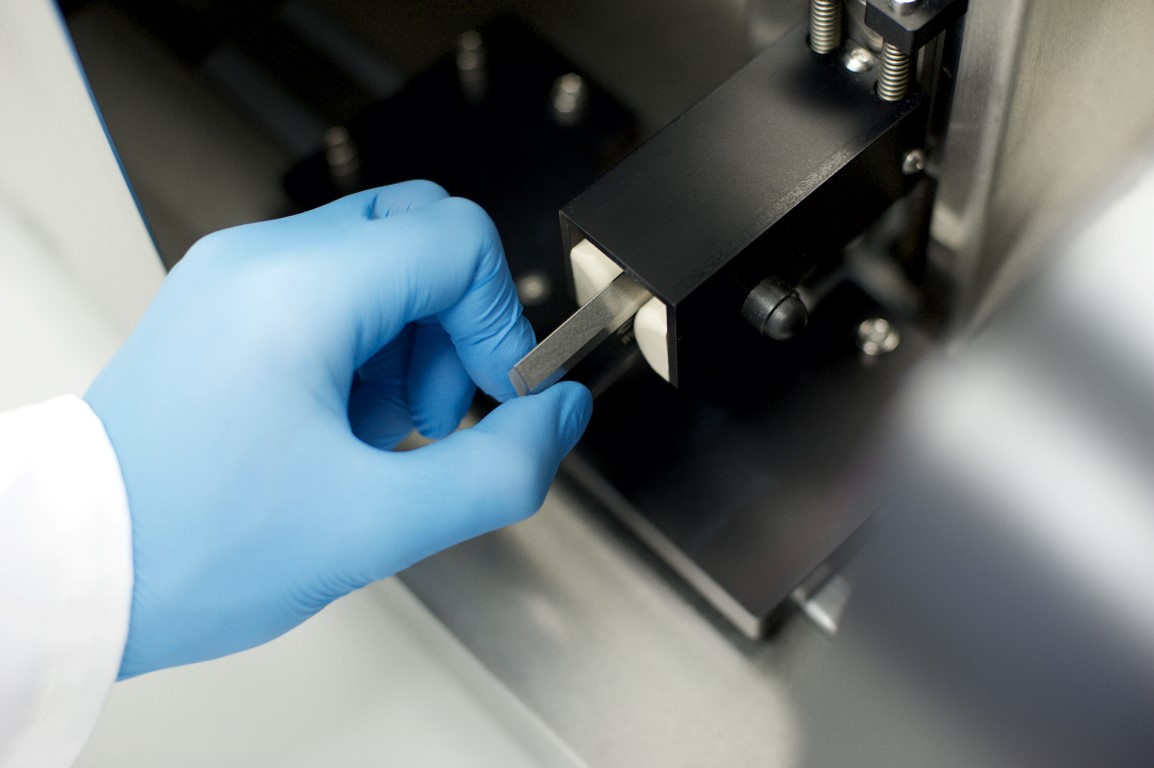


The demand for warehouse space drives up prices. consumer continues to transform retail consumption due, in part to the simplicity, personal convenience and reliable delivery solutions offered by UPS.”ħ. According to a 2017 press release from UPS, “The Domestic segment benefited from strong demand for ecommerce deliveries and revenue was up 5% over Q1 2016. According to Logistics Management, the average clear height of distribution centers was 32.7 feet in 2018, an increase from 31.1 feet in 2016.Ħ. Distribution centers are expanding vertically, as well. The average square footage of distribution centers in 2016 was 539,000, increasing to 473,400 in 2017 and 672,080 in 2018. Distribution centers are growing in size. Among distribution centers with three or more buildings, 28% had six or more buildings in 2016, 22% had six or more buildings in 2017, and 27% had six or more buildings in 2018, according to Logistics Management.Ĥ. A growing number of DCs have multiple buildings. However, rising costs and long traveling distances in large warehouses are making size expansion less effective in addressing operational challenges.”ģ. According to the report, “The increase in size helps warehouses to cope with higher volumes and a growing number of SKUs. The average size of warehouses in 2000 was about 65,000 square feet, compared to about 181,370 square feet in 2017, according to a 2017 report from Westernacher Consulting. Warehouses are increasing in size, as well. Bureau of Labor Statistics, there are 18,182 private warehousing establishments as of 2018, up from 15,203 in 2008.Ģ. The number of private warehouses is growing. Warehouse automation stats: General warehouse industry statisticsġ. Automation adoption in the warehousing industry.Labor statistics in the warehousing industry.Below, we’ve rounded up 50 compelling statistics to shed some light on the driving forces behind warehouse automation and the impact automation has on the industry. Labor availability is also a concern, as well as workplace safety.Īs technology awareness grows, more warehouses and DCs turn to automation to adapt to the changing landscape. There are many driving forces behind the automation trend, from rising labor costs to rapid growth in ecommerce sales and a growing demand for rapid order fulfillment, such as two-day and even same-day delivery. Warehouse automation stats show that automation is making a big impact on warehouses and distribution centers.


 0 kommentar(er)
0 kommentar(er)
